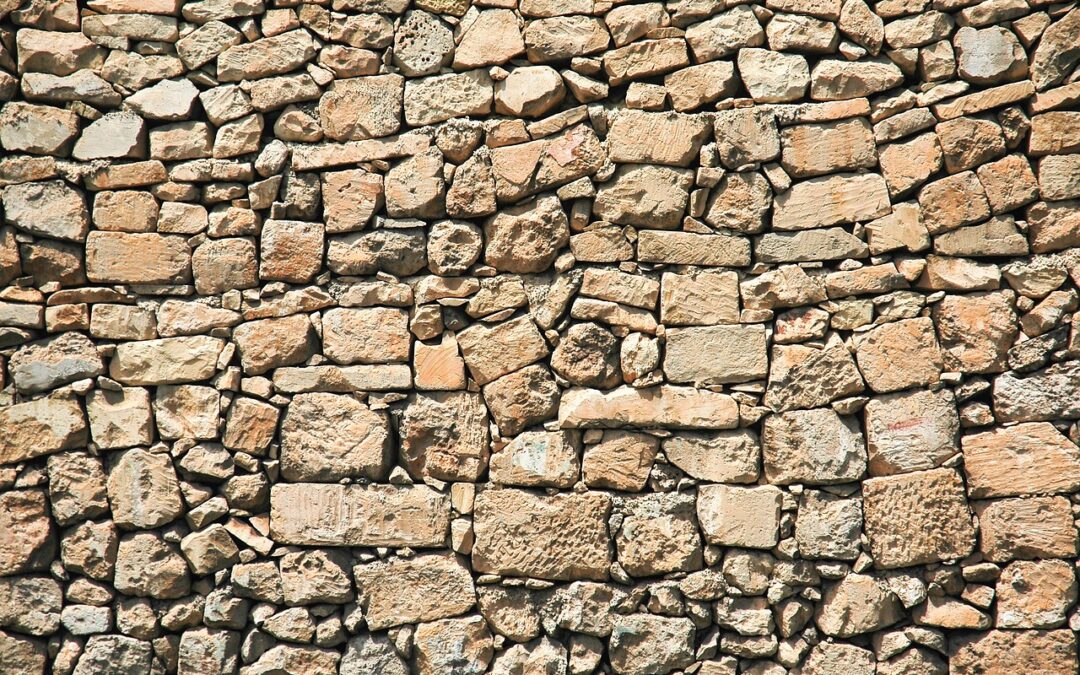Concrete for Public Spaces: A Comprehensive Guide
TL;DR
Concrete is a versatile and durable material that is ideal for public spaces. It can be used to create a variety of surfaces, from walkways and patios to benches and planters. Concrete is also relatively easy to maintain and can withstand heavy foot traffic.
Introduction: The Power of Public Spaces
Public spaces are essential to any community. They provide places for people to gather, socialize, and relax. They can also be used to create a sense of place and identity. Concrete is a versatile material that can be used to create a wide variety of public spaces, from sidewalks and plazas to parks and playgrounds.
H2: The Benefits of Concrete for Public Spaces
There are many benefits to using concrete for public spaces. Concrete is:
- Durable: Concrete is a very durable material that can withstand heavy foot traffic and harsh weather conditions.
- Versatile: Concrete can be used to create a variety of surfaces, from smooth and polished finishes to textured and decorative finishes.
- Low maintenance: Concrete is relatively easy to maintain and does not require a lot of upkeep.
- Affordable: Concrete is a cost-effective material that is available in a variety of colors and finishes.
H3: Types of Concrete for Public Spaces
There are many different types of concrete that can be used for public spaces. The type of concrete that is right for you will depend on the specific application. Some of the most common types of concrete for public spaces include:
- Pervious concrete: Pervious concrete is a type of concrete that allows water to pass through it. This makes it ideal for use in areas where drainage is a concern.
- Stamped concrete: Stamped concrete is a type of concrete that is imprinted with a pattern or design. This can be used to create a variety of different looks, from cobblestone to brick.
- Exposed aggregate concrete: Exposed aggregate concrete is a type of concrete that has the surface exposed. This creates a textured and decorative finish.
H4: The Uses of Concrete in Public Spaces
Concrete can be used to create a variety of different surfaces in public spaces. Some of the most common uses include:
- Sidewalks and walkways: Concrete is a durable and low-maintenance material that is ideal for use in sidewalks and walkways.
- Plazas and patios: Concrete can be used to create beautiful and inviting plazas and patios.
- Benches and planters: Concrete can be used to create comfortable and durable benches and planters.
- Sculptures and monuments: Concrete can be used to create unique and eye-catching sculptures and monuments.
H5: The Benefits of Using Concrete for Public Spaces
There are many benefits to using concrete for public spaces. Some of the benefits include:
- Durability: Concrete is a very durable material that can withstand heavy foot traffic and harsh weather conditions.
- Longevity: Concrete is a long-lasting material that can last for many years with proper maintenance.
- Versatility: Concrete can be used to create a variety of different surfaces, from smooth and polished finishes to textured and decorative finishes.
- Low maintenance: Concrete is relatively easy to maintain and does not require a lot of upkeep.
- Sustainability: Concrete is a sustainable material that can be recycled and reused.
H6: The Cost of Concrete for Public Spaces
The cost of concrete for public spaces will vary depending on the specific application. Some of the factors that will affect the cost include the type of concrete, the size of the project, and the location of the project.
H7: Conclusion
Concrete is a versatile and durable material that is ideal for public spaces. It can be used to create a variety of surfaces, from walkways and patios to benches and planters. Concrete is also relatively easy to maintain and can withstand heavy foot traffic. If you are looking for a durable and cost-effective material for your next public space project, concrete is a great option.

